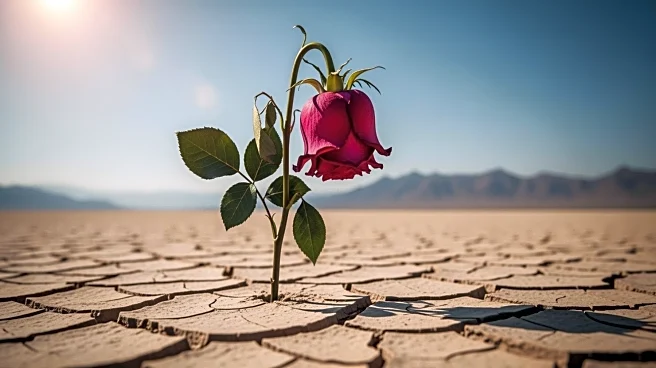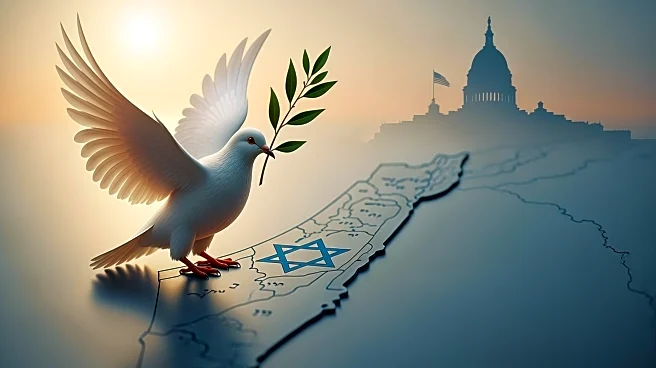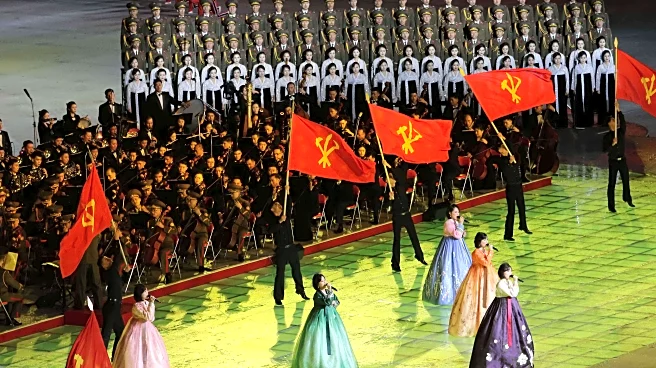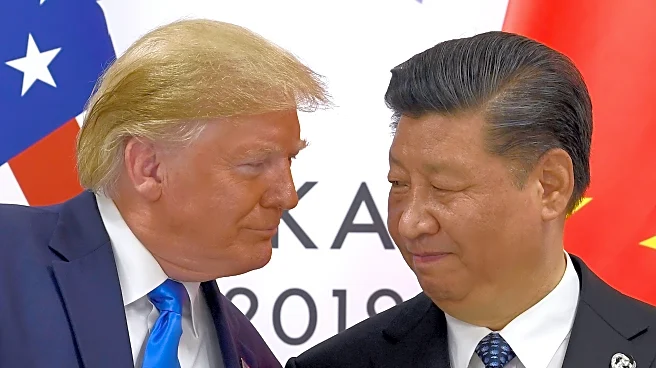What's Happening?
On October 25, 2025, Iran witnessed a wave of protests and labor strikes across various sectors, highlighting widespread dissatisfaction with the ruling theocracy's handling of the economy and governance.
Essential workers, including emergency medical personnel and bakers, protested against delayed wages and government incompetence. In Mashhad, bakers rallied against unpaid government-promised subsidies, while in Ahvaz, electricity workers protested hyperinflation-eroded wages. The protests extended to key industries like the Haft Tappeh Sugarcane complex and Ilam Petrochemical plant, where workers decried corruption and mismanagement. The unrest also affected the middle class, with poultry farmers and car buyers protesting government failures and systemic defects.
Why It's Important?
The protests in Iran underscore a deep-seated discontent with the government's economic policies and corruption, affecting a broad spectrum of society. The unrest highlights the regime's inability to address the economic challenges facing the country, exacerbating public frustration. This situation poses a significant threat to the stability of the Iranian government, as it struggles to maintain control amid growing dissent. The protests could lead to increased international scrutiny and pressure on Iran, potentially affecting its diplomatic relations and economic partnerships. The widespread nature of the protests indicates a potential tipping point in Iran's domestic politics, with implications for regional stability.
What's Next?
The Iranian government may face increased pressure to address the grievances of protesters and implement reforms to curb corruption and improve economic conditions. Failure to do so could lead to further unrest and destabilization. The international community may also respond with calls for accountability and support for the Iranian people. The protests could inspire similar movements in other countries facing economic challenges, highlighting the global relevance of governance and economic management issues. Monitoring the Iranian government's response and the potential for further protests will be crucial in assessing the future trajectory of the country's political landscape.












